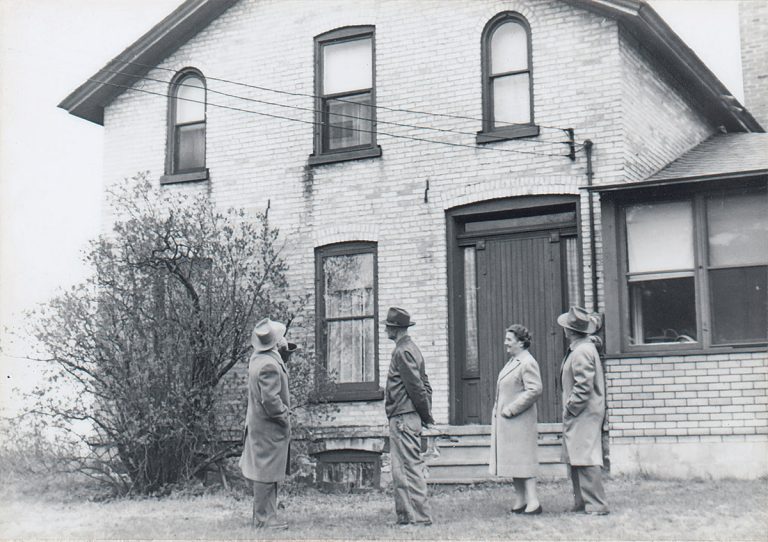The Growth of Harlequin Romance
Lawrence Heisey, a former soap salesman who had been appointed president of Harlequin in 1971, revolutionized romance publishing by distributing Harlequin romances to supermarkets and department stores, where they would be right at the fingertips of Canadian and American homemakers. More

























